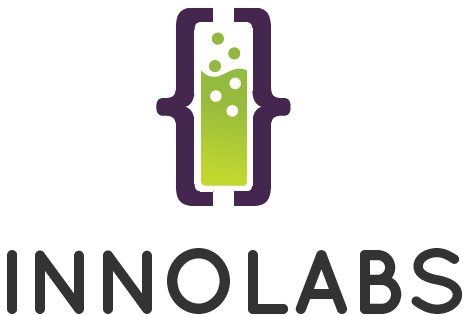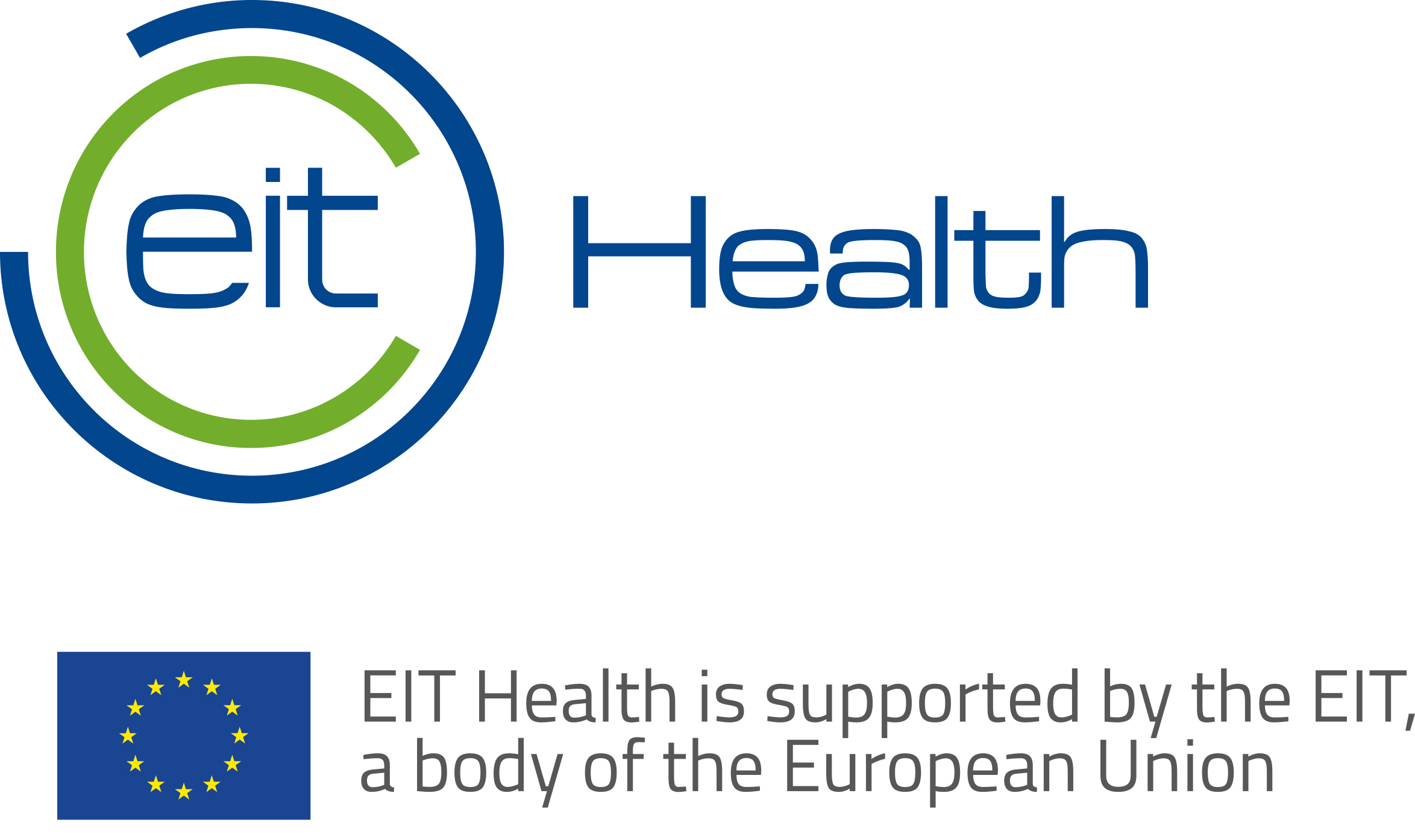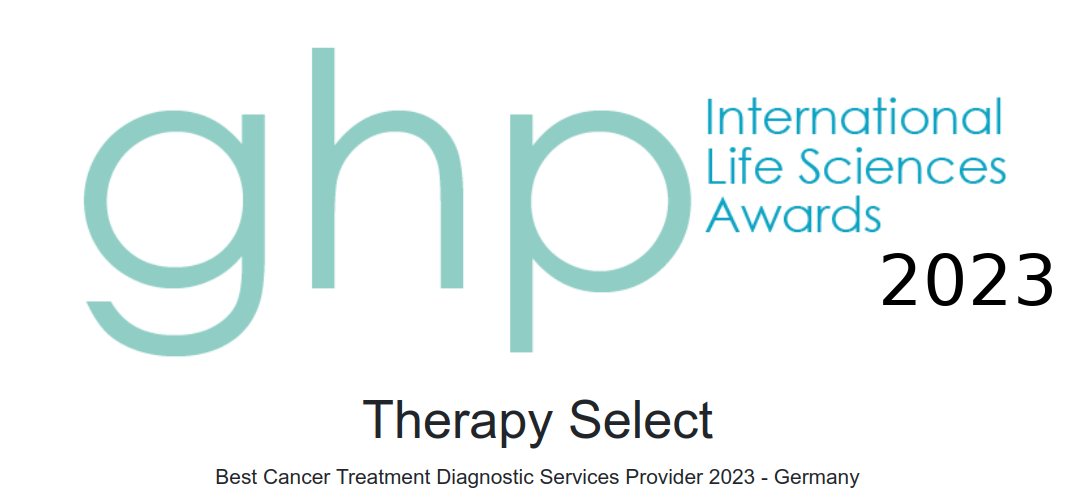Find Effective Drugs before Starting the Therapy!
No two cancer therapies are the same!
There is a wide range of different drugs which can be applied in treatment of brain tumors. This treatment includes classical chemotherapeutic substances, yet also new targeted drugs are used. Which medication should be prescribed depends on different factors, e.g. the cancer stage and the general condition of the patient. In order to choose the right therapy there are medical guidelines for physicians. However, in some situations the guidelines do not give clear recommendations and propose equivalent treatment options.
Diagnostic assays can help to identify effective and ineffective drugs before the start of a therapy. The available spectrum of therapeutics can thereby be limited on the most promising substances. Our diagnostics contribute avoidance of unnecessary side effects as a consequence of an ineffective therapy and save valuable treatment time. Therefore we offer the following diagnostic tests:
- CTR-Test® - An efficacy test working on living tumor cells
- PCDx™ - A tumor-biomarker-analysis working on non-living, conserved tumor cells
- Guardant360® - A tumor-biomarker-analysis working with blood
Guidelines for the Treatment of Brain Tumors
Hereafter you can find an overview about guideline-recommendations, which are elaborated by medical specialist associations:
Temozolomide is the most important cytostatic drug available for glioma treatment. Common alternatives are given below.
| standard therapies | lomustine (CCNU) |
| PCV: lomustine (CCNU) + procarbazine + vincristine | |
| temozolomide |
This table is based on the S2k-Leitlinie "Gliome", as a part of the Leitlinien für Diagnostik und Therapie in der Neurologie, issued by the German Society of Neurology (Deutsche Gesellschaft für Neurologie, DGN) [1].
Efficacy Tests of Drugs for Brain Tumors
Which drugs can be tested in their efficacy by our diagnostic tests? The following tables give you information on the substances recommended by the guidelines, but also about further drugs which can be found as additional treatment options in literature. These substances are classified in the following categories:
In addition the frequently used combination therapies are listed below.
The testabilities for the CTR-Test® and the PCDx™ are also given.
Chemotherapeutics
| Substance name | Efficacy testable by living tumor & blood (living cells) | Efficacy testable by archived tumor (FFPE) | Efficacy testable by blood (plasma) | Reference |
|---|---|---|---|---|
| carmustine (BCNU) | yes | yes | not yet | [1] |
| cisplatin | yes | yes | yes | [2] |
| lomustine (CCNU) | no validation yet | no biomarkers yet | not yet | [1], [2] |
| nimustine (ACNU) | no validation yet | no biomarkers yet | not yet | [1] |
| procarbazine | no validation yet | yes | not yet | [1] |
| temozolomide | yes | yes | not yet | [1], [2] |
| vincristine | yes | yes | not yet | [1], [2] |
Targeted Drugs
| Substance name | Efficacy testable by living tumor & blood (living cells) | Efficacy testable by archived tumor (FFPE) | Efficacy testable by blood (plasma) | Reference |
|---|---|---|---|---|
| bevacizumab | no | yes | not yet | [1] |
Frequently Used Combination Therapies
| Substance name | Combination name | Reference |
|---|---|---|
| cisplatin + lomustine (CCNU) + vincristine | HIT 2000 / NOA-07 | [2] |
| lomustine (CCNU) + procarbazine + vincristine | PCV | [1] |
The drugs listed here were identified as potential therapy options after an accurate literature research. Completeness cannot be guaranteed. Status: September 2016.
Sources
[1] S2k-Leitlinie "Gliome" der Deutschen Gesellschaft für Neurologie, Version: März 2014



